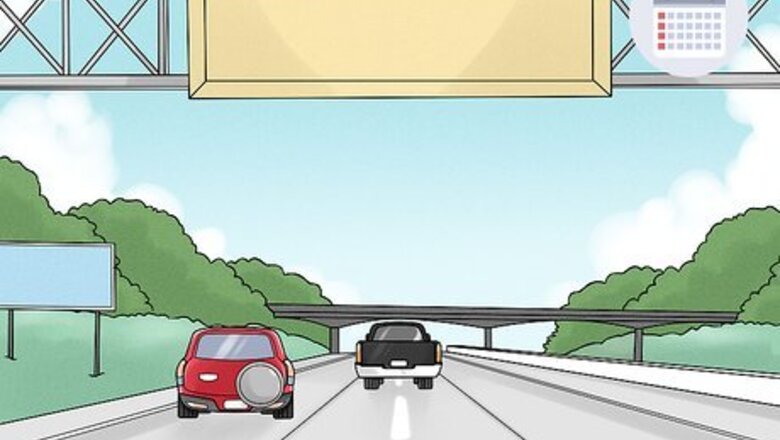
views
This article is primarily written for left hand drive/right hand traffic. If driving in a country that uses right hand drive/left hand traffic, switch "left" and "right".
Driving in Clear Weather

Pick a highway and a time. It's best to start when you know the highway will not be crowded. Weekends and evenings are best. Pay attention to the traffic reports in your area. Make sure you know exactly where you're going and you don't have any place to go for a while.

Learn to operate the car at lower speeds first. Make sure you know all the laws and "rules of the road," including what different kinds of lanes look like and the local speed limits. Practice on arterial roads before you practice on highways.
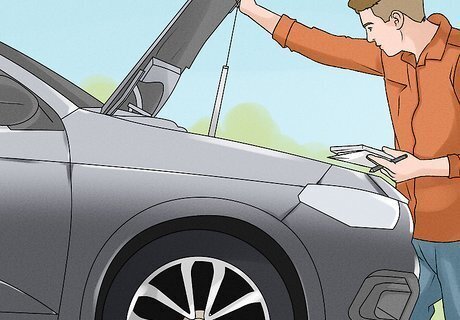
Make sure your car's brakes, lights, turn signals, steering, transmission and all other parts are working safely. Get the car inspected and fixed if necessary. The freeway is the worst possible place for a breakdown.
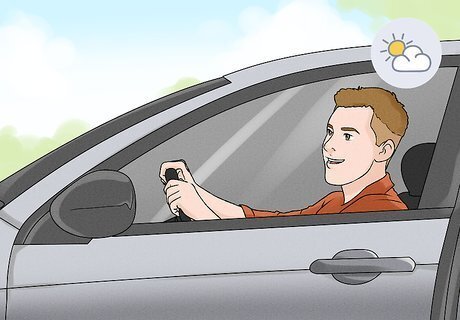
Start on a day when the weather is clear and dry. Darkness and inclement weather make driving more difficult and should not be the beginner's first step.

Start driving, then head for the freeway on-ramp. Don't take the on-ramp too fast, but when you come off it you should be going close to the speed of freeway traffic (whatever that may be at the time).
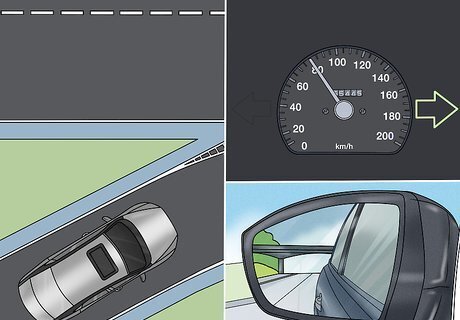
Use the on-ramp to accelerate up to highway speed. As you come up the on-ramp, use your turn signal, check your blind spot and mirrors, look forward again and merge onto the highway. You must watch for cars on the freeway and adjust your speed to enter the freeway safely. Although many people will change lanes to the left to give merging cars more room, it is not their responsibility to let you onto the freeway. Once you've safely merged onto the freeway, match your speed to the flow of traffic. If the on-ramp abruptly ends into the shoulder, and you are unable to merge, slow down and wait for a gap in traffic before you merge. If there are no vehicles on the highway, you should select a safe speed. Even if there is no speed limit posted or if there is no state, provincial, prefectural, or federal speed limit, it is always illegal to drive faster than the current road conditions permit. This is referred to as the "basic speed law" in many countries.

Practice changing lanes as you cruise down the highway. Use your turn signal, mirrors, and glance at your blind spot every single time. Remember when driving on freeways that you should always stay in the furthest lane to the right unless you are passing a slower moving vehicle in front of you. You have probably seen signs which read, "KEEP RIGHT EXCEPT TO PASS" or "SLOWER TRAFFIC KEEP RIGHT". If you see a vehicle coming up behind you and you are able to safely move to the right, you must. Change lanes toward the right to allow traffic to pass. It is not your job to enforce speed limits by obstructing traffic on the freeway. Driving slower than the average speed of traffic can be more dangerous than driving faster, which is why many highways have minimum speeds.
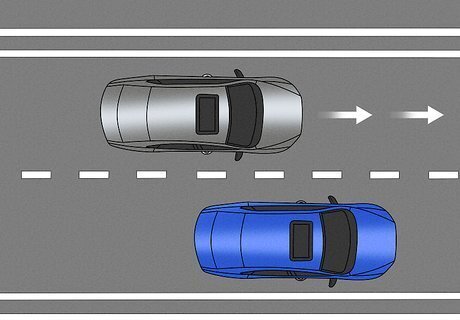
Try passing other cars. Make sure to give them lots of room, and don't ever cut in front of anybody. Pass on the left of the highway, and use the right lane for normal driving.
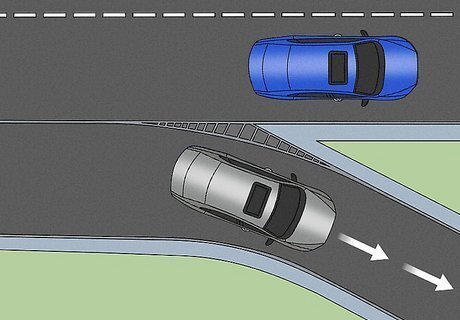
Use exits to leave the highway. When you're ready to get off the highway, find an appropriate off-ramp and get in the correct lane, using the steps to change lanes. As soon as the off-ramp breaks away from the main highway, start slowing down, on the ramp there might be a speed limit sign for you to follow.
Adjusting Driving For Traffic Conditions
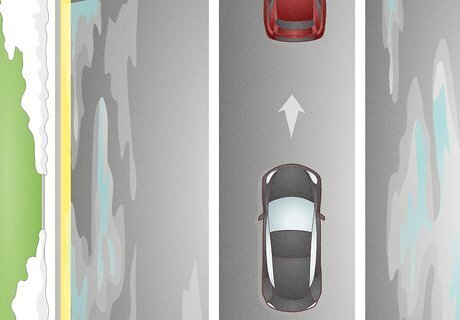
Use the center lane during and after a rain or snow storm. When there is a rain or snow storm, the right and left sides of the road may be flooded or packed with snow. Don't drive in the right or left most lane as you are most likely to skid in these lanes.
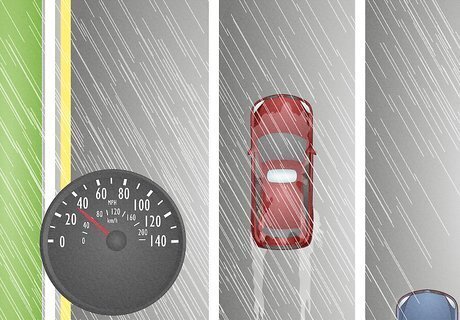
Drive slower during heavier traffic and inclement weather. During inclement weather it is a good idea to drive slower than the posted speed limit, even below the minimum speed. You can still be cited if you drive 55 miles per hour on a road where it is only safe to go 35 miles per hour or less.
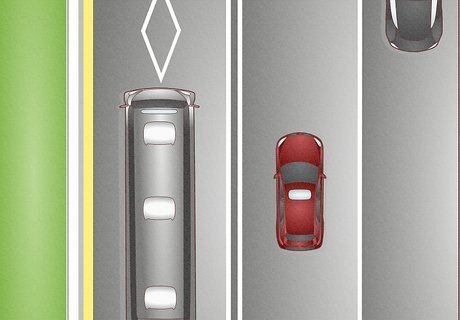
Stay out of diamond lanes unless if you meet the requirements on the sign. Diamond lanes are used to mark bus lanes, HOV lanes, toll lanes, and more. If a police officer finds that you are driving in the HOV lane without a valid passenger count or driving in the toll lane without a valid transponder, you can be ticketed.

Know how to operate your headlights. You must operate your headlights while your windshield wipers are on and when prompted to do so by road sign. If your headlights are not on, you can get a ticket.


















Comments
0 comment